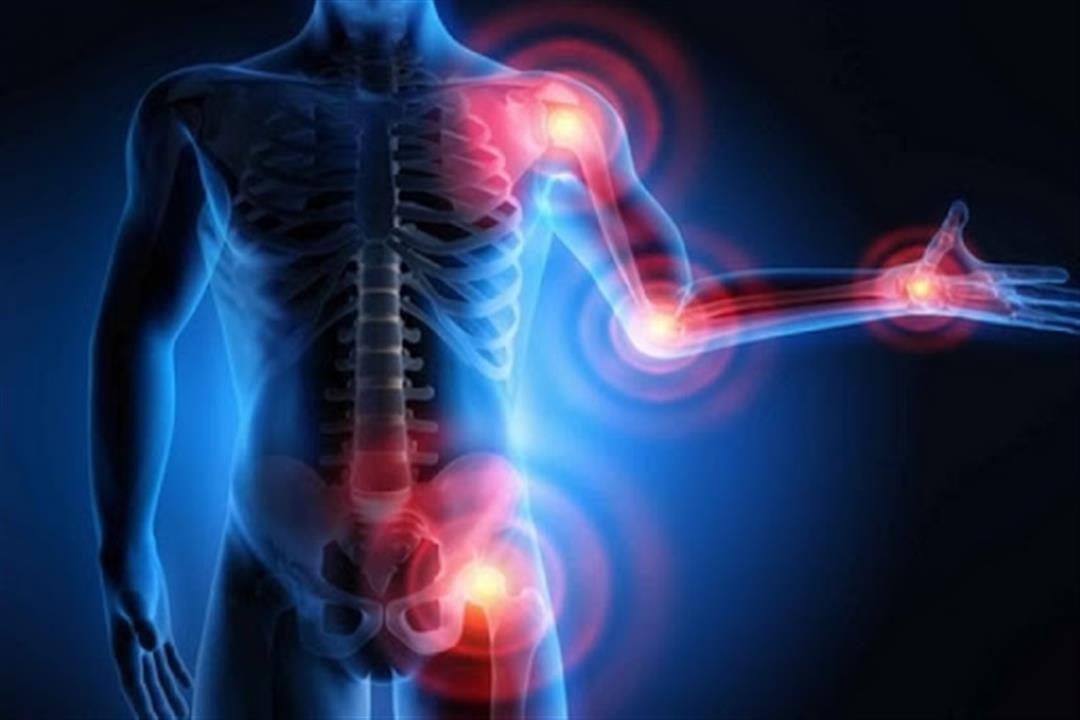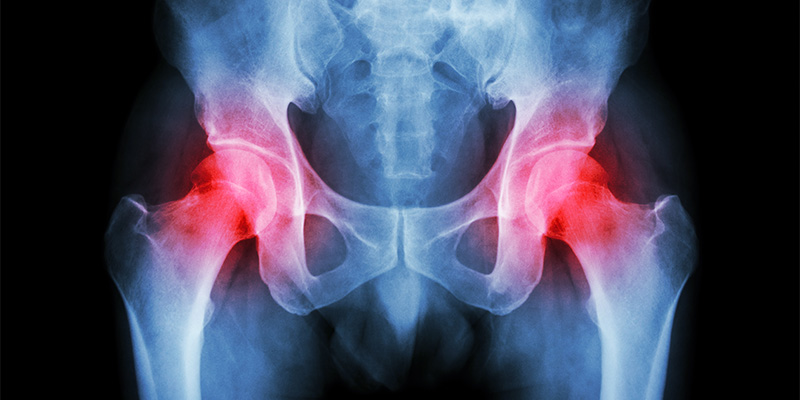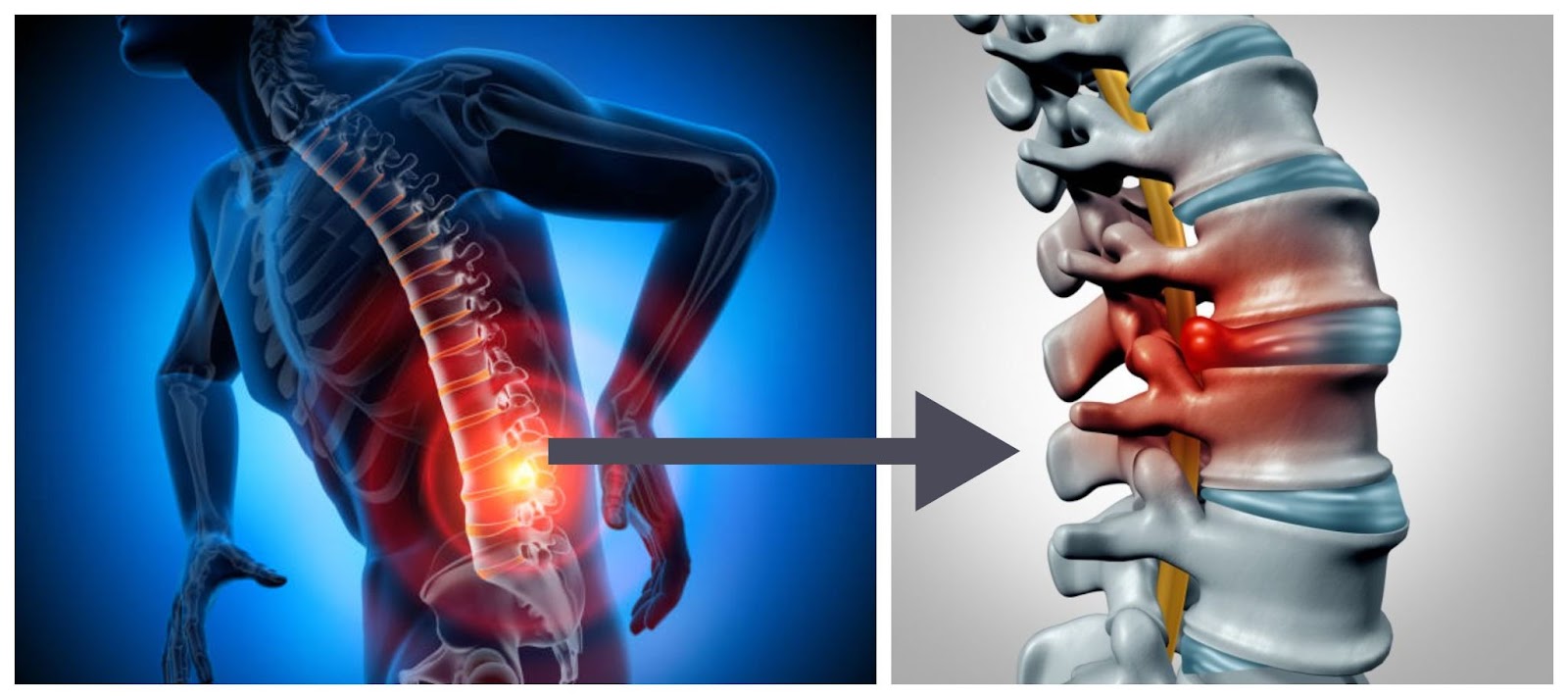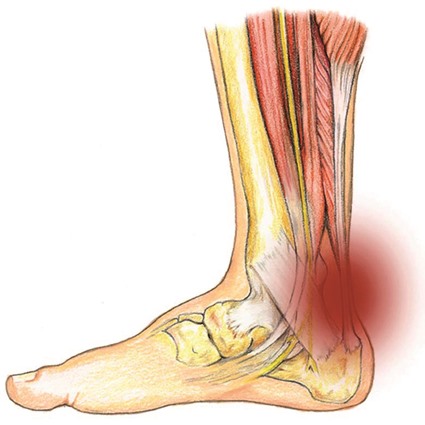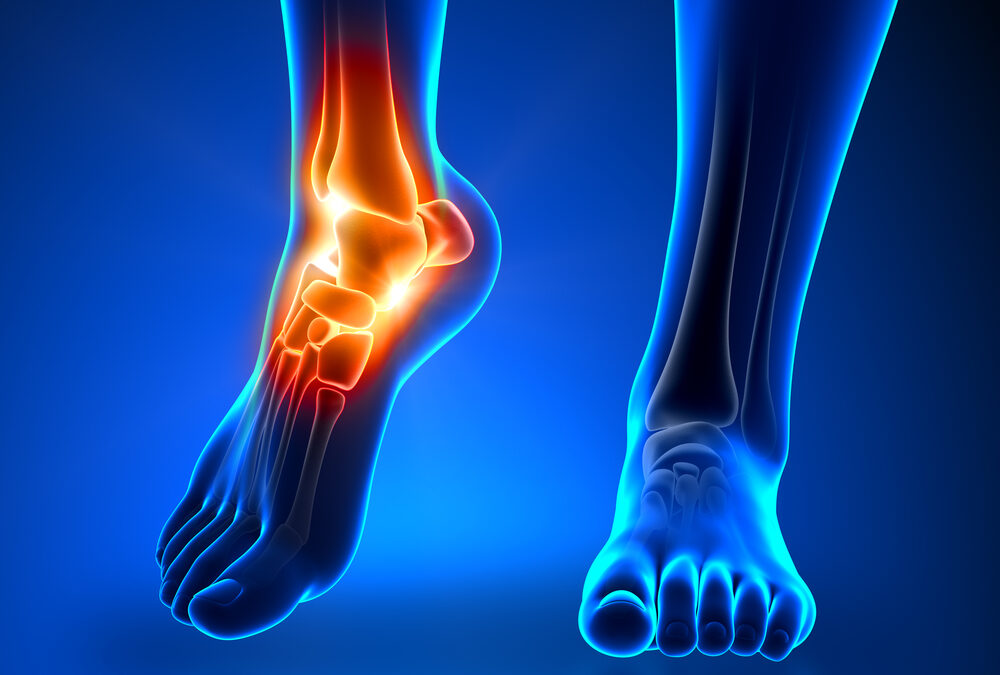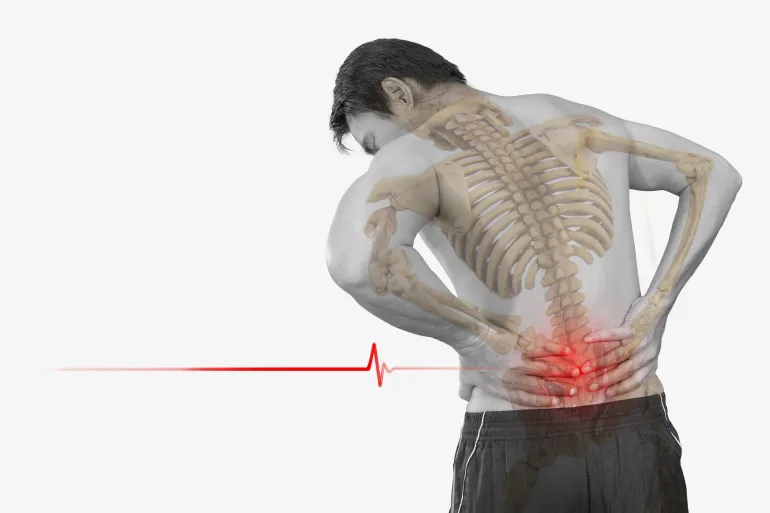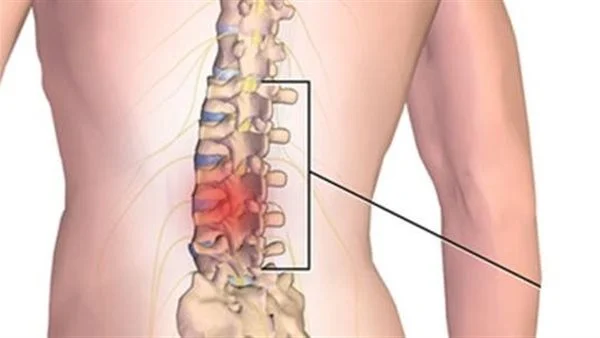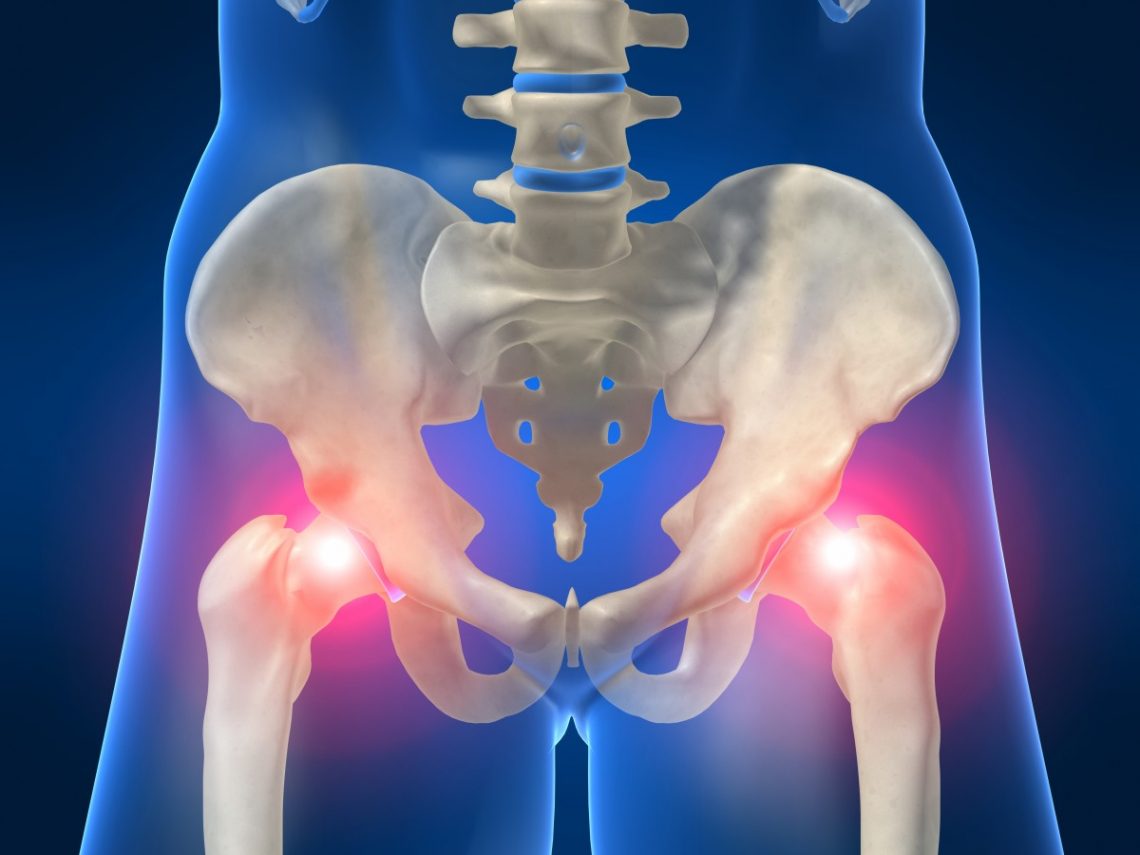How to treat sciatica and does walking help with the treatment?

How to treat sciatica
Sciatica, also known as sciatic nerve inflammation, is a medical condition that affects the sciatic nerve, one of the largest nerves in the human body which extends from the lower back through the hip and thigh down to the leg and foot. Sciatica can cause sharp pain and numbness in the legs and feet and can be very bothersome, affecting the patient’s quality of life. In this article, we will discuss how to treat and manage sciatica.
- Diagnosis:
The first step in treating sciatica is an accurate diagnosis. Patients should consult a specialist to ensure that the pain they are experiencing is due to sciatica and not other reasons. Diagnosis can be based on the patient’s medical history and physical examination, and sometimes additional tests such as X-rays or MRI may be required.
- Rest:
Once diagnosed, it is important to give the body time to heal. Rest is a fundamental part of treating sciatica. The patient should avoid activities that increase pressure on the sciatic nerve, such as lifting heavy objects or engaging in intense exercise.
- Medication:
The doctor may prescribe medications to help alleviate pain and inflammation. Among these medications are:
Pain relievers: such as aspirin or ibuprofen to reduce pain and inflammation. Antidepressants: some may help relieve pain and increase serotonin secretion which contributes to mood improvement and sleep. Steroid treatment: in some cases, steroids can be prescribed to reduce inflammation and pain.
- Physical Therapy:
Physical therapy can be effective in strengthening muscles and improving body flexibility. A physical therapist can guide the patient through exercises that enhance balance and strength in the back and hip area.
- Interventional Treatment:
In some cases, interventional treatment can be beneficial. This includes guided needle therapy, massage, and heat or cold therapy. These procedures can provide temporary relief from pain.
- Surgery:
In rare cases and when the patient does not respond to previous treatments, surgery may be an option. Surgery can include removing a herniated disc or relieving pressure on the sciatic nerve.
- Lifestyle Changes:
Maintaining a healthy weight and regularly exercising can reduce the chances of sciatica recurrence. Also, avoiding sitting for long periods and paying attention to proper sitting postures can help prevent the problem.
- Psychological Support:
Sciatica can affect the patient’s psychological aspect. It is important to seek psychological support if the pain is very bothersome. Conversations with a psychologist can be beneficial in dealing with the psychological impact of the condition.
In conclusion, sciatica is a medical condition that can be successfully treated in most cases. With proper diagnosis and correct treatment, patients can regain their quality of life and get rid of pain and numbness. The patient should work in cooperation with the healthcare team and follow medical directions to ensure improvement of their condition and prevent exacerbation of the problem.
What is the appropriate medication for treating sciatica?
Sciatica, also known as inflammation of the sciatic nerve, is a medical condition that causes pain and numbness in the legs and feet as a result of compression or irritation of the sciatic nerve, one of the largest nerves in the body. Individuals suffering from sciatica should consult their doctor for an accurate assessment of their condition and the selection of appropriate treatment. This article will review some of the medications and treatments commonly used in the treatment of sciatica.
- Non-Steroidal Anti-Inflammatory Drugs (NSAIDs):
Non-steroidal anti-inflammatory drugs such as Ibuprofen and Naproxen can be helpful in alleviating pain and inflammation in cases of sciatica. These medications work by reducing swelling and inflammation of tissues surrounding the sciatic nerve. These drugs should be used cautiously and in accordance with a doctor’s instructions to avoid side effects.
- Pain Relievers:
Pain relievers like Paracetamol are used to alleviate pain in cases of sciatica. These medications reduce pain signals to the brain but do not affect inflammation. Pain relievers should be used according to the recommended dosage and the doctor’s instructions.
- Steroid Treatment:
In some severe cases of sciatica, a topical or oral steroid may be prescribed to reduce inflammation around the sciatic nerve and alleviate pain. However, steroids should be used cautiously and under medical supervision, as they can have physical and psychological side effects if used improperly or for an extended period.
- Physical Therapy:
Physical therapy can be effective in strengthening muscles, increasing flexibility, and improving body posture. This includes specifically designed rehabilitative exercises to relieve pressure on the sciatic nerve and reduce pain.
- Antidepressants:
Some antidepressant medications from the Tricyclic class can help manage pain in cases of sciatica. These medications affect serotonin and norepinephrine in the body and may reduce pain, improve mood, and sleep.
- Surgery:
In rare cases and when the condition does not respond to other treatments, surgery may be an option. Surgery can involve the removal of a herniated disc or relieving pressure on the sciatic nerve. Surgery should be performed under the supervision of a specialized surgeon.
It is important to consult a specialist doctor to assess the individual’s condition and determine the appropriate treatment. The patient must also follow medical instructions precisely and adhere to any lifestyle changes suggested by the medical team to ensure improvement of the condition and a pain-free life.
What is the natural treatment for sciatica?
Sciatica, also known as inflammation of the sciatic nerve, is a medical condition that affects the sciatic nerve and causes pain and numbness in the legs and feet. It is believed that natural treatment can be effective in alleviating the symptoms of sciatica and improving the patient’s quality of life. In this article, we will discuss a range of natural treatments and exercises that can help manage and treat sciatica.
- Natural Exercises:
Stretching Exercises: Stretching exercises involve stretching the muscles surrounding the sciatic nerve, which can help reduce pressure on it. Good exercises ensure stretching for the back, hips, legs, and sensitive muscles. Strength Training Exercises: Strengthening the muscles surrounding the sciatic nerve can help support it and reduce pressure on it. Strength training includes lifting light weights and strengthening core muscles. Balance Exercises: Balance exercises improve the body’s balance and maintain a proper body posture. This can help reduce the risk of other injuries while treating sciatica.
- Heat Therapy:
Heat Therapy: Local heating such as using a heat belt or hot water bottle on the painful area can relieve pain and ease muscle tension. Cold Therapy: Applying ice can reduce inflammation and numb the painful area. An ice pack can be placed in a cloth and applied to the area for a short time.
- Natural Massage:
Natural massage can be beneficial in relieving muscle tension and improving blood flow to the painful area. It is preferable to get a massage from a qualified professional to ensure the effectiveness and safety of the treatment.
- Herbs and Dietary Supplements:
Some herbs and dietary supplements are claimed to have anti-inflammatory properties and help alleviate pain. Examples include fish oil that contains omega-3, turmeric, and ginger root. However, it is important to consult a doctor before using any dietary supplement to ensure safety and effectiveness.
- Relaxation Techniques:
Relaxation techniques such as meditation and deep breathing can help reduce stress and pain. Individuals can look for educational courses or applications to practice these techniques effectively.
It is worth noting that natural treatment for sciatica may be effective in some cases, but it should not replace specialized medical care. Patients should always consult their doctor before starting any natural treatment and should be implemented under the supervision of a qualified professional. The effectiveness of natural treatment depends on the severity of the condition and the body’s response to treatment, and it is necessary for the patient to be committed to exercises and treatments regularly to achieve the best results.
Does Walking Help Treat Sciatica?
Walking is a simple yet powerful activity that can be beneficial in managing and alleviating the symptoms of sciatica, a condition that causes pain and numbness in the legs and feet due to compression or irritation of the sciatic nerve. Although there are several factors and treatments involved in addressing this condition, walking can serve as an effective tool in managing pain and improving quality of life. In this article, we will explore how walking can aid in the treatment of sciatica.
- Improving Blood Circulation:
Walking helps enhance blood circulation in the body, including the area around the sciatic nerve. Increased blood flow to this region can reduce inflammation and promote the healing process of the affected tissues, contributing to decreased pain and improved nerve function.
- Alleviating Pressure on the Sciatic Nerve:
Regular walking can help lessen the pressure on the sciatic nerve. Regular physical activity strengthens and increases the flexibility of the muscles surrounding the sciatic nerve, which can reduce the constriction and irritation of the nerve.
- Enhancing Physical Fitness:
Walking regularly aids in improving overall physical fitness. Better fitness can increase body flexibility and overall strength, which may improve the patient’s posture and help reduce pain while increasing endurance.
- Weight Control:
Walking can contribute to maintaining a healthy weight. Excess weight can put additional pressure on the sciatic nerve and exacerbate pain. By engaging in walking and keeping a healthy weight, this pressure can be reduced.
- Improving Mental Health:
Outdoor walking can also benefit mental health. It helps lower stress and increase the release of hormones that enhance mood and reduce depression and anxiety. This can be particularly beneficial for individuals experiencing negative psychological effects as a result of sciatica.
- Committing to an Active Lifestyle:
Walking is part of an active lifestyle that can promote overall health and well-being. It encourages individuals to commit to an active way of life that includes exercise and other physical activities.
While walking has benefits in managing and alleviating symptoms of sciatica, it is always essential for a patient to consult a doctor before starting any exercise program or physical therapy. The doctor will be able to assess the suitability of walking and provide guidance based on the individual’s specific health condition and severity of symptoms. If walking is performed correctly and regularly, it can be one of the contributing factors to improving the condition and enhancing overall well-being.
How do I know if I am suffering from sciatica?
Sciatica, also known as sciatic nerve inflammation, is a medical condition that causes pain and numbness in the legs and feet due to compression or irritation of the sciatic nerve, one of the largest nerves in the body. Symptoms can vary in intensity and frequency and may be short-term or chronic. In this article, we will review several signs and symptoms that may indicate the presence of sciatica and how you can recognize your condition.
- Pain in the legs and feet: Pain is one of the main symptoms of sciatica and can be acute or chronic. The pain is characterized by its intensity and extends along the sciatic nerve from the back area to the foot.
- Numbness and tingling: Numbness and tingling in the legs and feet may accompany the pain. The feeling of pins and needles under the skin can also be an indicator of a problem with the sciatic nerve.
- Muscle weakness: Those suffering from sciatica may notice weakness in the muscles of the legs and feet. Muscle weakness can lead to difficulty in walking or lifting objects.
- Pain when moving: The pain may increase when attempting to stand, walk, or move. The pain may be accompanied by noises such as clicking or popping when moving.
- Lower back pain: Some people may experience lower back pain as a result of sciatica. The back pain may be accompanied by pain in the legs and feet.
- Impact on daily functions: If sciatica negatively affects your ability to perform daily activities such as walking or standing for long periods, this could be an indication of the problem.
- Psychological symptoms: People who suffer from chronic pain due to sciatica may experience psychological symptoms such as depression and anxiety as a result of the chronic pain.
If you are experiencing any of these symptoms or suffer from pain and numbness in the legs and feet regularly, you should consult a specialist doctor. The doctor will take your medical history and conduct the necessary examinations to assess your condition and determine if sciatica is the cause, and then establish an appropriate treatment plan.
In conclusion, individuals should not ignore pain or unusual symptoms and seek medical advice when needed. Early diagnosis of sciatica and starting treatment can help reduce pain and improve the quality of life.
Is a back belt beneficial for sciatica?
A back belt is one of the commonly used tools to alleviate pain in the back and lower back area. It is also used in some cases to treat conditions of the sciatic nerve and sciatica. In this article, we will discuss whether a back belt is effective and beneficial in the treatment of sciatica.
How the back belt works:
A back belt is a medical device typically designed to provide additional support for the spine and back region. A back belt can help stabilize the spine and reduce pressure on the sciatic nerve by limiting back movement and the force exerted by the muscles surrounding the nerve. This may decrease pain and irritation in the sciatic nerve and improve comfort.
Benefits of the back belt in treating sciatica:
- Reducing pressure on the sciatic nerve: The back belt can help reduce pressure on the sciatic nerve by limiting movement in the lumbar region and evenly distributing pressure.
- Improving body posture: A back belt can encourage proper standing and sitting posture, reducing the effects of poor sitting posture that can increase pressure on the sciatic nerve.
- Increasing muscular support: The back belt can act as a reminder for individuals to strengthen the back and abdominal muscles, which is important for strengthening and stabilizing the spine.
Factors to Consider:
- Medical Consultation: Before using a back belt to treat sciatica, it’s always essential to consult a doctor. The doctor will assess your condition and determine whether a back belt is suitable for you.
- Proper Usage: The patient should strictly follow the doctor’s instructions regarding how to use the back belt and the duration it should be worn.
- Timeframe: A back belt should be used as a temporary measure for pain relief and comfort improvement, not as a permanent substitute for medical treatment.
- Exercises and Physical Therapy: The back belt should be used as part of a comprehensive treatment plan for sciatica, and exercises and physical therapy should be regularly performed to strengthen the muscles and improve the overall function of the sciatic nerve.
A back belt may be beneficial in reducing pain and improving comfort for individuals suffering from sciatica, but it should be used cautiously and carefully under medical supervision. This is because the effectiveness and suitability of using a back belt may vary from case to case, and it should not be relied upon as the sole treatment. Always consult a qualified medical professional to assess your condition and provide the correct treatment guidance.
What Are the Risks of Sciatica?
Sciatica, also known as sciatic nerve inflammation, is a medical condition that affects the sciatic nerve extending from the lower back to the legs and feet. Sciatica is a serious medical condition, and individuals should understand its risks and physical and psychological effects. In this article, we will address the risks of sciatica and how to manage them.
- Chronic Pain: One of the most significant risks associated with sciatica is the presence of chronic pain in the legs and feet. This pain can be sharp and disturbing and can significantly affect an individual’s quality of life and their ability to perform daily activities.
- Numbness and Muscle Weakness: Sciatica can cause numbness and weakness in the legs and feet. This numbness can increase the risk of falls and injuries and make it difficult to perform daily tasks effectively.
- Depression and Anxiety: Chronic pain and movement restrictions resulting from sciatica can lead to psychological issues such as depression and anxiety. Feeling helpless and dependent on others can be a source of psychological stress.
- Loss of Vitality and Physical Fitness: Sciatica can lead to a loss of vitality and physical fitness due to pain and movement restrictions. Maintaining an active lifestyle becomes a challenging task for those suffering from this condition.
- Sleep Disorders: Pain and discomfort resulting from sciatica can affect sleep quality. Lack of sleep or frequent waking at night can increase bodily fatigue and its detrimental effects.
- Decreased Quality of Life: Sciatica can significantly affect the overall quality of life. It becomes difficult to enjoy social activities, hobbies, and life in general.
- Surgical Treatments: In some severe cases, sciatica treatment may require surgery to relieve pressure on the sciatic nerve. This comes with potential surgical risks.
- Interference with Personal and Professional Matters: Pain, numbness, and mobility restrictions can affect an individual’s work and personal relationships.
How to Deal with the Risks of Sciatica:
- Specialized Treatment: Individuals suffering from sciatica should consult a specialist and strictly follow the prescribed treatment.
- Physical Exercises: Targeted physical exercises can be effective in improving nerve function and reducing pain.
- Psychological Techniques: Psychological techniques such as relaxation and meditation can help in dealing with depression and anxiety.
- Social Support: Support from friends and family can be crucial in alleviating psychological and emotional stress.
- Proper Nutrition: Maintaining a healthy diet can contribute to healing and increasing energy levels.
- Psychological Counseling: In some cases, psychological counseling may be necessary to help individuals cope with the psychological challenges associated with the condition.
In conclusion, individuals should understand the risks of sciatica and seek appropriate medical care. Providing the right treatment and adopting a healthy lifestyle can help overcome these risks and improve the quality of life.


